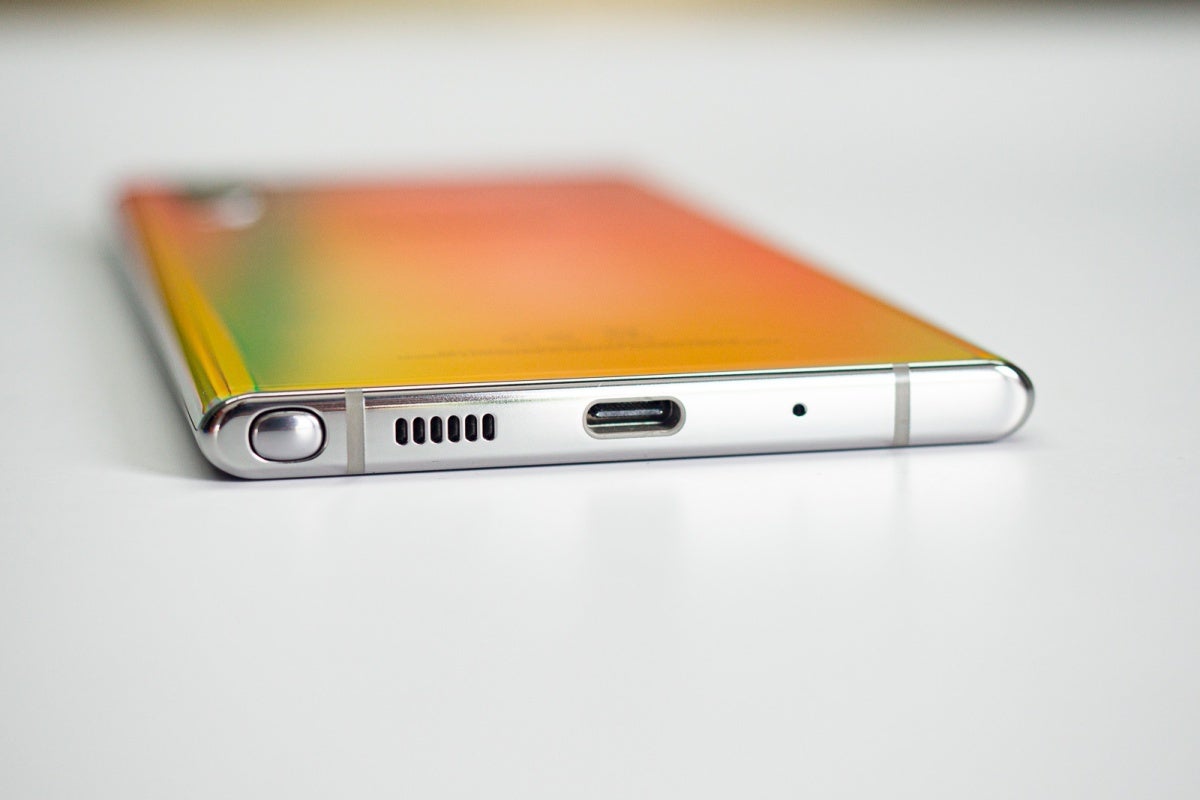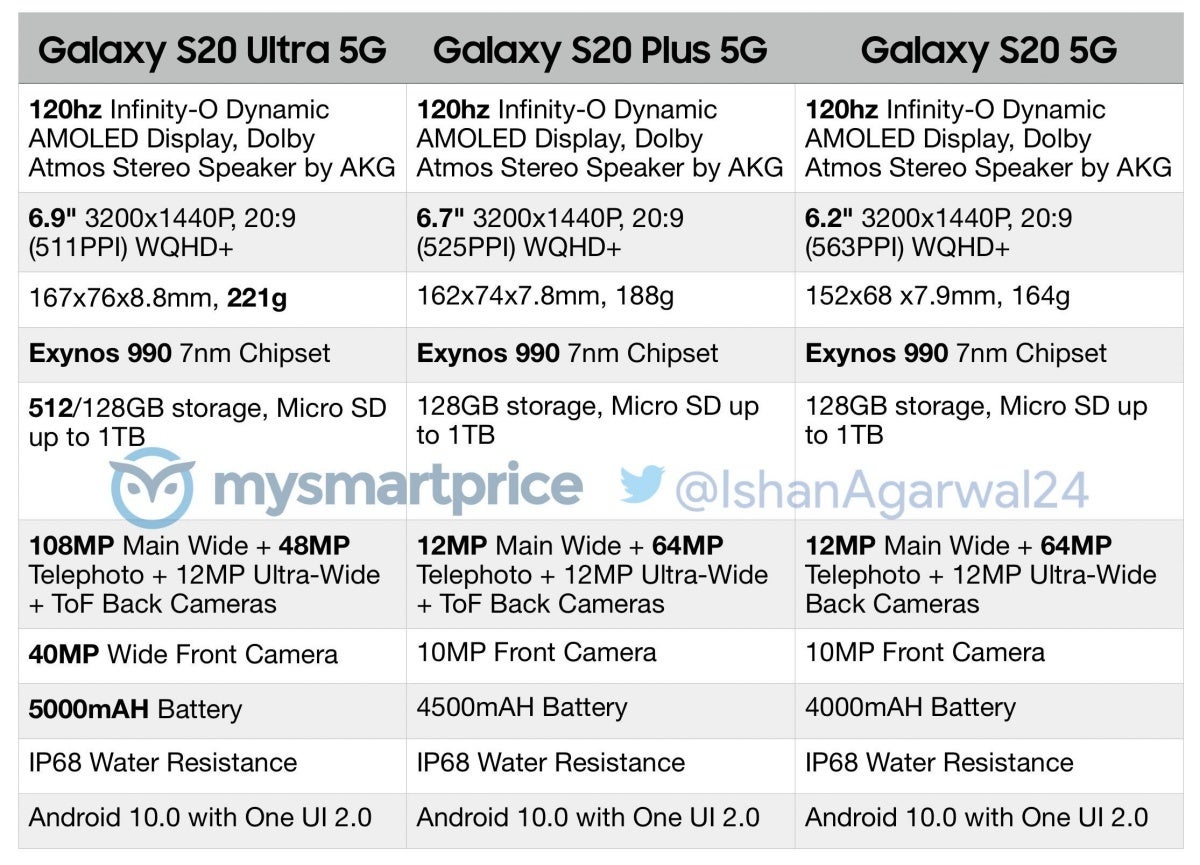Samsung will finally match Apple with the Galaxy S20 Ultra build materials

Galaxy S20 Ultra render
Let's hope Samsung delivers the goods this time around
Some of the company's hardcore fans may still cringe at the memory of a marketing mishap that no one ever tried to justify or explain in any way. Somehow, Samsung was initially under the impression that the Galaxy Note 10 and Note 10+ combine "stainless steel and glass" materials to "minimize bezel", a publicity claim made in a promotional video shortly after the two high-enders were unveiled back in August and repeated on the company's website.

The Note 10+ comes with an aluminum frame and glass back
That was obviously not the case, and Samsung quickly edited its advertising copy, replacing "high-polish stainless steel" with "high-polish metal." Steel is not technically a metal, but an alloy of iron and carbon, while stainless steel is rarely used on smartphones. Instead, most handset manufacturers nowadays combine glass with aluminum, which is a metal often used in its own combination with various other metals, creating pretty strong alloys.
But aluminum alloys can't match the robustness and resistance to corrosion of stainless steel, which is why we're very excited to hear Samsung might finally be able to make the jump to a tougher, and yes, prettier exterior for its ultra-high-end devices. Of course, the Galaxy S20 Ultra will follow in the footsteps of a number of other mobile devices rocking a super-premium stainless steel frame, including the iPhone 11 Pro and Pro Max, the XS and XS Max, the iPhone X, LG V10, Nokia 8 Sirocco, and even the ancient iPhone 4.
Galaxy S20 Ultra vs S20 Plus - all the differences rumored so far
Because stainless steel is heavier than aluminum, the S20 Ultra is tipped to weigh in at 221 grams vs. 188 grams for the S20+, 175 grams for the S10+, and 196 grams for the Note 10+. But if you also consider the massive 6.9-inch display of the S20 Ultra (compared to the 6.7-inch S20+) and its gargantuan 5,000mAh battery (compared to 4,500mAh capacity for the S20+ cell), that number almost starts to feel small. Especially when the 6.5-inch iPhone 11 Pro Max tips the scales at 226 grams in a similar stainless-steel-and-glass combo.

Still, the main thing expected to make the Galaxy S20 Ultra stand out from its siblings is an absolutely bonkers rear-facing camera system comprised of a 108MP main shooter, a 48MP telephoto sensor, a 12MP ultra-wide-angle lens, and a pair of Time-of-Flight sensors enabling neat 3D effects and advanced AR experiences. The 40MP single selfie snapper of the S20 Ultra also sounds pretty exciting, compared to the same old 10MP front-facing camera on the other two S20 variants as on 2019's Note 10 and S10-series devices.
What we don't know just yet is whether or not Samsung also has a ceramic version of any of its S20-series phones in the pipeline. The S10+, remember, comes in Ceramic Black and Ceramic White flavors in addition to white, black, blue, and pink glass models, but two special editions with two special build materials is probably a little too much to ask for just one flagship generation.
Follow us on Google News




















Things that are NOT allowed:
To help keep our community safe and free from spam, we apply temporary limits to newly created accounts: